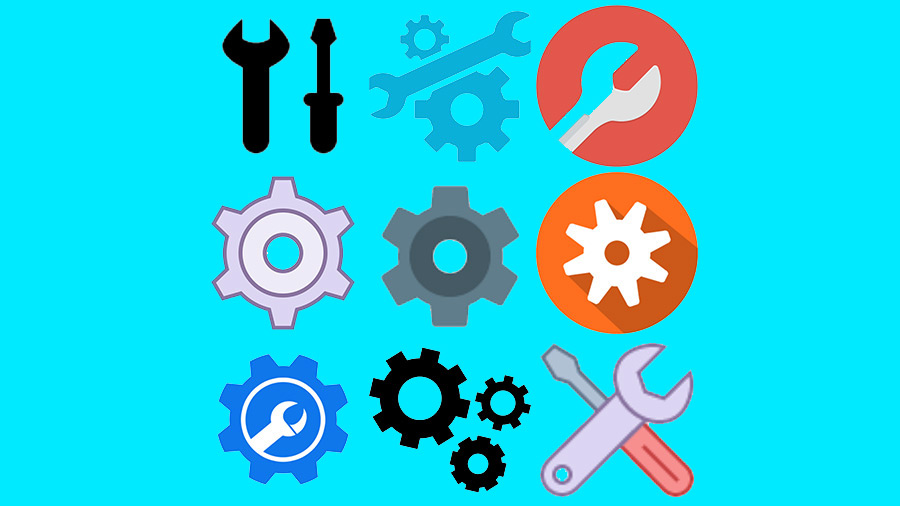Overview of Zoho CRM Settings
Zoho CRM, when used correctly, can be an efficient organization and marketing tool. In order to be used correctly, Zoho CRM must be set up and customized properly. In this blog post, Catalyst Connect will provide you with Zoho CRM training that will present you with an overview of the backend of Zoho, while the Zoho CRM video tutorial will take you through a more in-depth look.
In this Zoho CRM tutorial for beginners, we will show you how to reach the backend of Zoho CRM. First, you must click on the tools icon in the top right corner. This brings you to the Setup menu, which can be overwhelming at first, but is broken down into menus by function.
The first menu is General, which includes the personal and company details section. These sections are important in order to get accurate details, such as time zone and email signature, as well as role within the company. Gamescope is a feature within Zoho CRM where you can create contests within your sales team, and can be set up as a motivation tool.
Next is the Users and Control menu, where you can manage all active users within the account, add new users, and adjust specific roles and permissions. This is an important part of keeping all your company’s data secure, and ensuring there is no data loss. The video goes into more detail on how to best setup the profiles and roles.
The Channels menu is where users will set up their email integration, social media accounts, and SalesSignals preferences, which is a feature of Zoho CRM that allows you to stay updated on customer communications. Email integration can be set up so the users can see emails sent and received within the CRM. Social media allows you to link Facebook and Twitter accounts so you can easily post and chat with clients or leads through social media.
The Customization menu is a very important part of customizing your Zoho CRM. We suggest spending some time getting familiar with this menu, as you will be using it to make your CRM unique to your own needs. The Zoho CRM video tutorial goes into more detail on customizing your system. You can also upload or create templates within here, which you can reference at later times.
The Automation menu, much like the Customization menu, is important in making your Zoho CRM efficient and as automated as possible. There is a lot of freedom within Zoho, and there is the opportunity to really make the system your own through custom functions, workflow rules, and actions. We suggest watching the instructional video, and getting familiar with this menu. If this seems like too much, or you would like some guidance, you can set up a free consultation with Catalyst Connect here.
The Data Administration menu is where you can configure imports, exports, and view the historic logs. When setting up a new CRM, you may have some historic data that needs to be brought into the system, the import tab is where this can be done. The export tab allows you to pull data out of the system using specific modules.
The Marketplace menu is where you can further extend CRM functionality by finding more integrations. The marketplace is growing quickly, and has many internal (Zoho to Zoho) integrations, as well as external (Zoho to other software) integrations, so keep an eye out for new functionality. This menu also allows you to configure Google and Microsoft integrations, for Example Google Adwords and Analytics.
The Developer Space menu will give insights on how many API calls have been used/are still available. You can also generate auth tokens here, and store static data within the system. Webforms can also be created here, and are useful in easily pulling lead information into the CRM.
For more detailed information about customizing your own Zoho CRM, watch the Catalyst Connect walk-through video at the bottom of this page. You can also learn more by reading our article on customizing Zoho CRM settings.
You can view our Zoho CRM tutorial video (below), which will take you through the in-depth process of customizing your Zoho CRM. If you are looking for more Zoho Customization, or business help like this, check out the rest of our blog posts here. Catalyst Connect also offers Custom Software Development. So what are you waiting for? Get in touch with us now!
